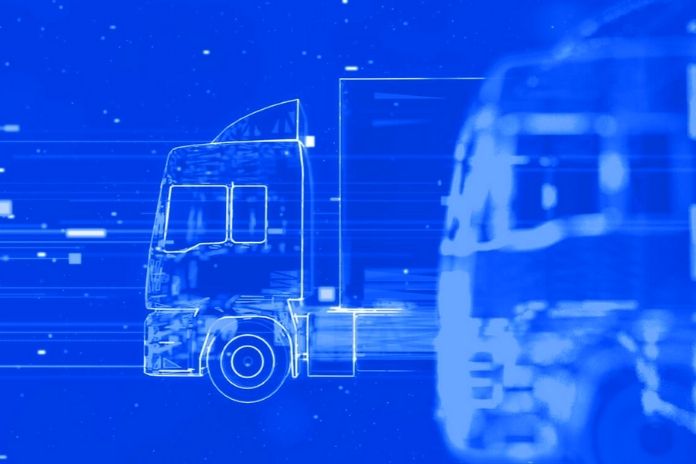Chain resilience will come through digital logistics, and transformation is just beginning. When we talk about what the pandemic has revealed about global logistics, we know at least two things: first, that its fragility was evident; and after that, the recovery of resilience would take place through more flexible and agile logistics, that is, through digital logistics.
After this introduction, the question remains: how will leaders begin to make such plans viable? That’s what we’ll see in this post. Not without first delving deeper into the type of approach that the moment demands from leaders.
The Moment Of Logistics Is For Transformation, No Adjustment
One aspect that catches analysts’ attention is that we’re not just talking about making temporary adjustments when it comes to rethinking logistics in digital terms. All the answers to the above challenges require a disruptive approach, not simply an incremental one.
Transformation, in every business, never comes naturally and without further ado. It is a complex binding of people, processes, and tools – which only occurs by eliminating the various obstacles to change that involve them. In addition, if in a pre-pandemic world, organizations could undertake with a more significant margin of error, today, this margin is more limited.
But organizations seem willing to do that. This fact was corroborated in the same McKinsey survey. The investment landscape is massive in logistics: only 11% of respondents said they have budget constraints for the digital transformation of logistics, which indicates the urgency and perceived value for organizations.
Three Recommendations On How To Get Started In Digital Logistics
Adopt A Digital Mindset
Digital transformation starts with behavioral transformation above technology. There needs to be recognition and a willingness to invest time, energy, and money in this because the shift to digital logistics will require engagement at all organizational levels.
It is never easy to abandon habits acquired and consolidated by practice, even if the change is sold as better. Factors such as resistance and demotivation turn into low adherence or underuse of tools, for example. This is also evidenced by the characteristic drop in income that accompanies the entire transformation.
To create this digital mindset, it will be essential to develop technical and behavioral skills, such as agile methodologies, and work based on sectoral needs to connect people and ideas to projects.
Map The Logistics Value Chain
You won’t get all the benefits of digital transformation in logistics if you have destructive processes. We said that the pandemic has opened up many problems in logistics, which go beyond the usual problems.
Managing gaps and risks before they become real problems will require detailed knowledge about customer pains, supplier connections, vulnerabilities in planning, suppliers, transportation systems, finance, and skills, regardless of whether inherent. To its segment or caused by decisions.
The Harvard Business Review showed that this is not the case: “only a small minority of companies that invested in mapping their supply chain before the pandemic were well prepared.” To understand where to break the cycle and take a new approach to processes, having a coordinated view of the end-to-end structure of the logistics value chain will help.
Identify Digitization And Automation Opportunities
We discussed above understanding value flow along the entire logistics chain. Now, you will have to think about redesign and optimization. At this stage, you can opt for systems to integrate operations, from the purchasing sector to delivery, facilitating communication, reducing process bureaucracy, reducing errors, and improving lead time.
Furthermore, with the data coming from real-time monitoring, problems and opportunities will be diagnosed. Incorporating IoT, robotics, and analytics are just a few examples of how providing real-time operations visibility will help the organization react quickly when needed and identify opportunities.
Digital Logistics: Pave The Way For Transformation
We talked about how to start the transformation to digital logistics. Still, the big lesson remains that the simple introduction of new technologies does not provide the expected benefits without the expected changes in culture, management, and operations.
Also Read: Digital Marketing with Google My Business












